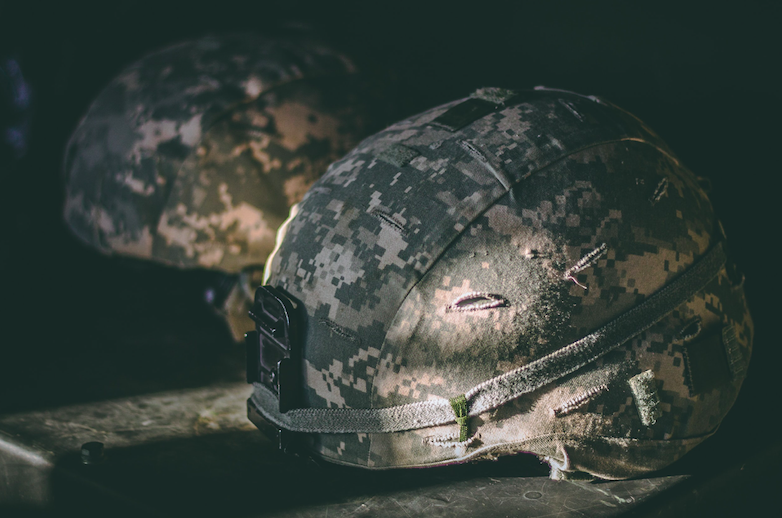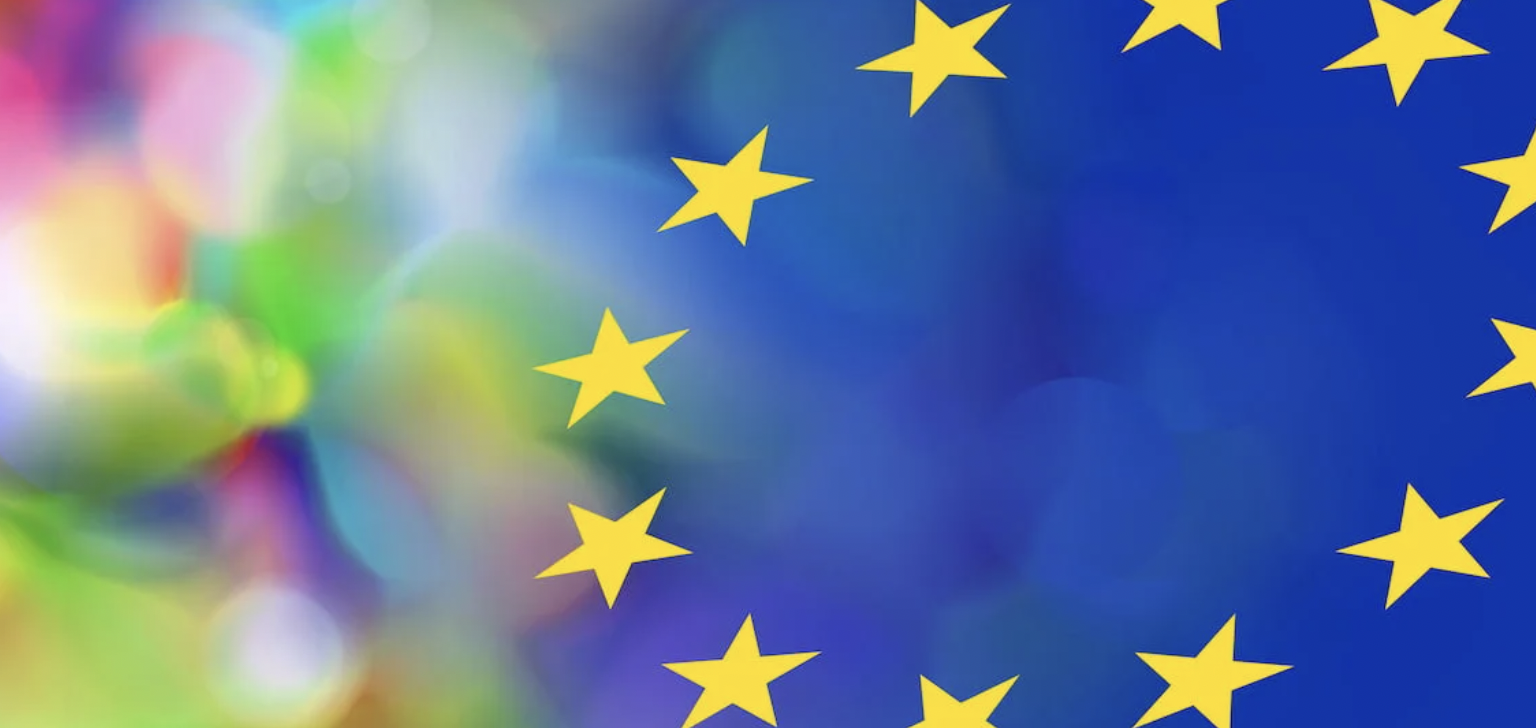
MAPS recently announced positive results from its second Phase III trial with MDMA-assisted therapy in the treatment of PTSD, with top-line data expected to be published in a peer-reviewed journal in the coming weeks.
To support the treatment’s efficacy, the first functional neuroimaging study to evaluate the impact of MDMA-assisted therapy in patients with PTSD was also published. A strengthening of the resting state connectivity between the amygdala and the hippocampus, regions of the brain associated with fear response and memory, was observed, with changes in functional connectivity associated with a reduction in the severity of PTSD.
As the world eagerly awaits data from MAPS’ seminal Phase III studies, attention is turning to the commercialisation of the treatment and the cost-benefit of MDMA-assisted therapy. MAPS intends to submit a New Drug Application, through its wholly owned subsidiary MAPS PBC, to the FDA in Q3 2023. This could result in the regulation of the treatment in spring 2024, with MAPS potentially treating patients within six months of market approval.
In the US, 900,000 veterans with PTSD receive disability payments from the Department of Veterans Affairs – totalling US$17 billion annually. Mitigating this economic burden is a key driver behind the urgency to find an effective treatment for the disorder, with the treatment’s cost-effectiveness of paramount importance not only to government payers, such as the Veterans Administration, but also to private insurers.
In conversation with PSYCH, Keith Abraham, CEO at Heroic Hearts UK, said, ‘Following the conflict in Afghanistan, many service personnel developed PTSD, due to the nature of war. We saw an explosion in veteran charities; however, there remained a gap in the healing process.
‘SSRIs can be lifesavers for some, but they don’t work for a lot of people, and the research shows that psychedelics may offer another very safe, very effective option for those people.’
MAPS’ MDMA-assisted therapy for PTSD is anticipated to cost US$7,500 – with patients undertaking two courses of therapy a year until in remission. With roughly 12 million adults suffering from PTSD in the US, the revenue generated through the novel treatments could exceed US$2bn by 2030. However, this is largely dependent on MAPS’ hitting its target to train 25,000 practitioners to deliver the treatment by the end of the decade.
In MAPS’ Phase II trial, 67% of patients no longer meet criteria for PTSD at the study’s primary endpoint. If these results are replicated in a cohort of 1,000 patients, 670 patients would be treated for the disorder with a significant impact on the expenditure of third-party healthcare providers.
A study by Elliot Marseille and James G. Kahn from University of California San Francisco estimated this would save healthcare payers US$103.2 million over 30 years, with providers breaking even on the treatment’s expected US$7,500 cost in just over three years.
The cost-benefits of MDMA-assisted therapy for PTSD can also be evaluated by examining the price of not treating patients with the disorder, in monetary terms and also in terms of lives lost through suicide and comorbidities.
The PTSD patient population suffers from a high rate of suicide, attributed to trauma, anger and impulsive behaviour. They are also more vulnerable to developing alcohol and substance use disorders, which can contribute to a reduced life expectancy of up to twenty years following a PTSD diagnosis.
Projected over 30 years, in a cohort of 1,000 patients, MDMA-assisted therapy could avert over sixty deaths attributed to the illness and on average extend quality-adjusted life years by four years per patient. This would save nearly US$133 million in medical care costs, with the aforementioned researchers’ cost-effectiveness outcomes robust across a wide range of sensitivity and scenario analyses.


